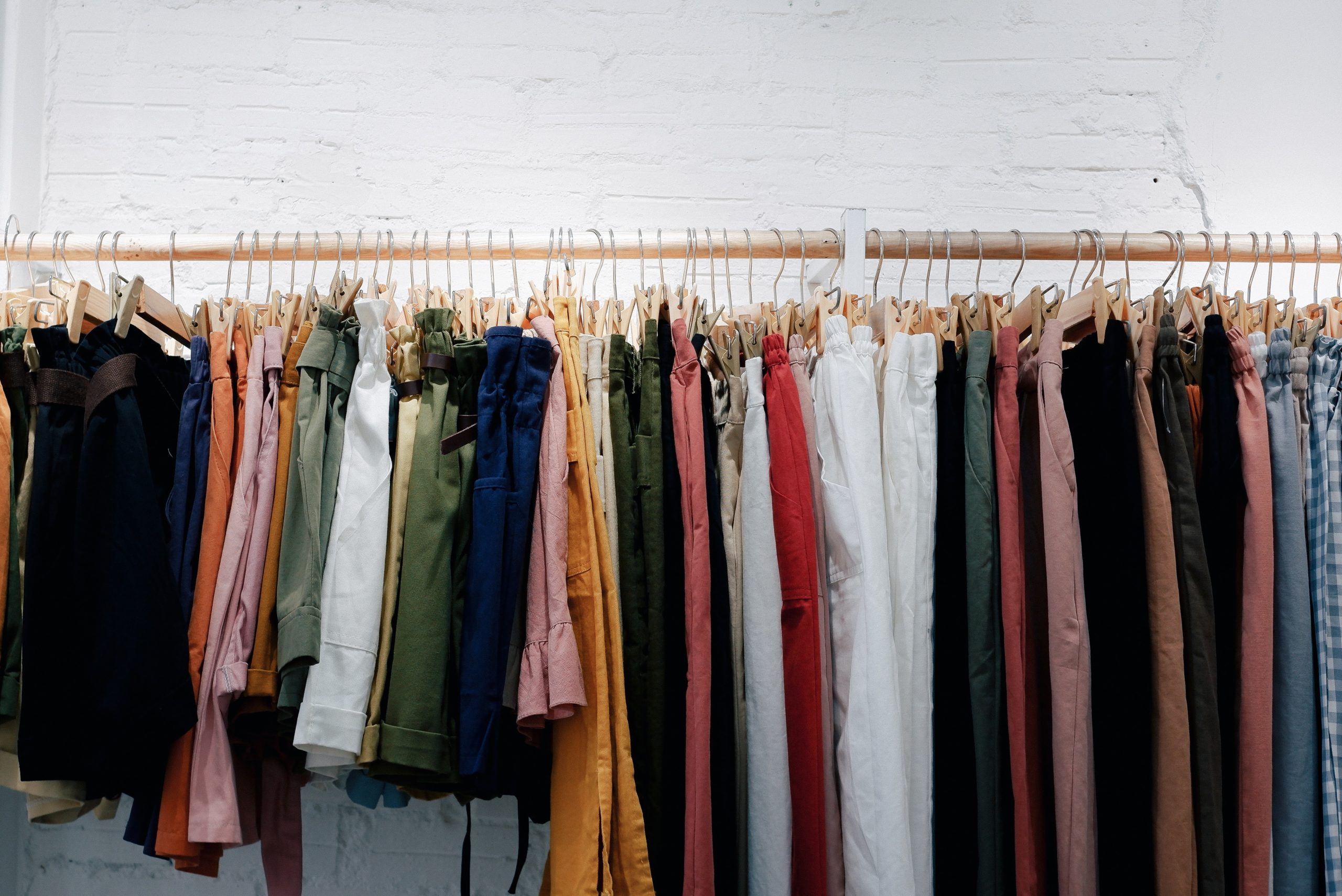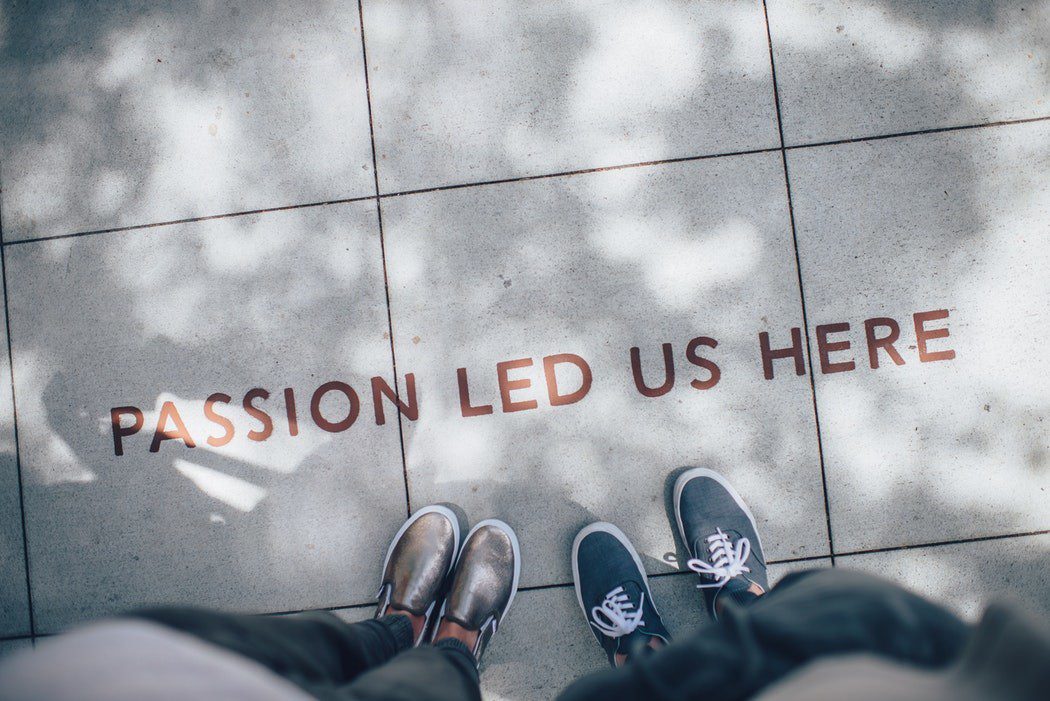A Day of Sustainability Innovation with Levi’s

By Alyssa Jeong Perry, UC Berkeley Graduate School of Journalism
Kyle Rudzinski, a 2014 Haas alum and a former Center for Responsible Business fellow, landed at Levi Strauss and Co. on their Sustainability Innovation Leadership Team. For the past seven months, his marketing and strategy position focused on delivering sustainability to the Levi’s consumer.
This role has been a seamless transition for Rudzinski. He grew up going to national parks, worked for the U.S Department of Energy, following in the footsteps of his mother who worked for the EPA. So, he considers himself an environmentalist through and through.
The Center for Responsible Business sat down with the former fellow to learn more about his role and team at Levi’s as well as some personal anecdotes!

CRB: What is the structure of Levi’s social responsible team?
KR: We have three primary facets to our team. Michael Kobori, who also teaches the undergraduate strategic corporate responsibility course at Haas, is our VP of Sustainability. He reports to the Head of the Supply Chain. There are three other members on the leadership team including myself. Manuel Baigorri works across our value making chain – leading compliance within our factories, and executing programs on things like workers’ rights, health and well-being. Ken Fox leads the next part of the team, our product development. The third element of our sustainability structure is a little different – it includes marketing, communications, employee engagement, finance, and strategy. That’s where I come in and help tell our story.
CRB: Could you tell us more about your position in depth?
KR: Most of my job sharing the sustainability story at Levi’s. We have done of a ton of great things in terms of supporting worker rights, going beyond compliance measures, and helping people with things like health education, access to water purifiers and solar lamps, financial literacy education. Our impact that goes beyond factories and into the communities, as we are really trying to make sure we empower our workers across the globe. We want to figure out the best way to share that kind of story so that our work reaches the consumer. That means my job involves working cross-functionally across a matrixed organization and influencing without authority, getting different people on board with different parts of our sustainability strategy.
CRB: Wow, seems like you have to handle a lot of moving pieces! Could you describe to us a typical day in the office or your role?
KR: It’s a bit all over the place. In sustainability, you inherently have to be a connecter within your company; you have to know who works in finance, in product development, in design, in strategy, in marketing, in communications, in merchandising – in all these different facets of the business. You need to know who they are, what they do, what they’re measured on and then align your sustainability goals with theirs, the core business objectives. Sustainability and business objectives would ideally be so intertwined you cannot distinguish the two.
So throughout the day I am meeting with and listening to people – understanding what they are working on and figuring out ways to align what matters to them personally, to their teams, and to their professional metrics with how sustainability is advantageous to them while advancing our business.

CRB: What is your favorite product or initiative that you have been working on?
KR: We did a life cycle assessment on our iconic 501 jeans in 2007. We determined one of our biggest environmental impacts is around water. We updated that assessment this year with the latest science. And it reaffirmed that water is a huge consideration for us. We realized that the average pair of jeans consumes nearly 3800 liters of water throughout its life. About 68% of that water is used to grow the cotton. Only 9% is used in manufacturing – which is the area we can most directly affect. The other 23% of water is used in consumer care.
So for us, we try to figure out how to shift the industry and how to create change that goes far beyond our company alone. Once we conducted these life cycle assessments, we learned where to act, where to focus our attention. We continue to innovate and use Water<Less techniques that can save up to 96% of the water in the denim finishing process. We recently released our first product with Water<Less fabric, which saves about 65% of the water normally used in the dye process. It’s part of our limited run Wellthread product which blends multiple parts of sustainability – from benefitting workers to considering recyclability in the design – but focuses on saving water.
CRB: How does your team integrate responsible practices into Levi’s as a whole?
KR: There are different evolutions in companies in terms of their sustainability journey. Our company has a long history of achieving strong results – whether it is with workers, with water, with the environment, with chemistry. Whatever it might be, we have done a very good job with achieving strong results. We are still in the stage where we have a sustainability department. We are making the transition to fully embedding sustainability across the company. We are working with more partners in different parts of the business, discovering who our previously overlooked sustainability champions are, and making sure what our team is doing aligns with what the business is doing.
CRB: We can’t wait to see the evolution down the line with Levi’s. Now back to you again, what does you think your biggest success in redefining business has been in the past seven months?
KR: People at Levi’s love doing the right thing. That is one the great parts about our culture. People come here and work here because they want to be part of something that fundamentally does good. My job is to help shift good intentions from one-off programs to integrating that goodness and that desire to do really great things into our core business drivers. Our goal is to see where people are going and help people see where Levi’s can go – when we align business objectives with sustainability objectives so tightly that they are inseparable. That’s the type of redefinition of business we’re beginning to see at Levi’s.
CRB: Thanks so much for taking the time to speak with us about your team and your role. It seems like you are so busy juggling so many different roles. But do you get any down time and what are some of your favorite hobbies when you aren’t working?
KR: I love the Bay area. I couldn’t ask for a better place to live in. When I came to Haas, it was all about the people, place and culture. The people at Haas fully embody our four defining principles. They’re talented, humble, and incredibly helpful. For me, the place we live in is incredible; it’s breathtaking. You can drive a couple hours away and hike in Big Sur or drive a couple of hours in another direction you’re in Yosemite or Tahoe. Anytime I can get outdoors, I embrace it to disconnect from technology, recharge, and reconnect with why I am doing what I am doing. Nature seems to have a rejuvenating effect on people.


